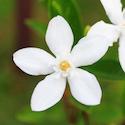Confederate Jasmine, aka, star jasmine (Trachelospermum jasminoides) is a jasmine plant belonging to the family Apocynaceae, different form other jasmine species belonging to the family Oleaceae. Star jasmine is an everlasting climbing perennial vine with a beautiful dark green foliage and silky, waxy and white flowers that fill the environment with a potent scent. One of the main characteristics of this jasmine specie is that, it needs warm and humid tropical weather zones to thrive. Reason why, it is definitely a sensitive plant to care for during the winter and freezing times. When growing star jasmine, (another jasmine types as well, except for winter jasmine species), we need to take special measures to ensure the survival of our plant throughout the winter, otherwise, it is likely that it will suffer and die. Therefore, if we are willing to apply those skills and go thorough the trouble we’ll be able to maintain and grow our jasmine during the winter. Some of these techniques may involve, but not limited to, bringing our star jasmine plant back indoors during the winter time, exposing the plant outdoors for a couple fo hours before the first frosts, so that, we keep them acclimatised and definitely we need to always provide our star jasmine with enough light through the winter, even if this implies supplying artificial fluorescent light, if we are facing some dark days during the cold season.
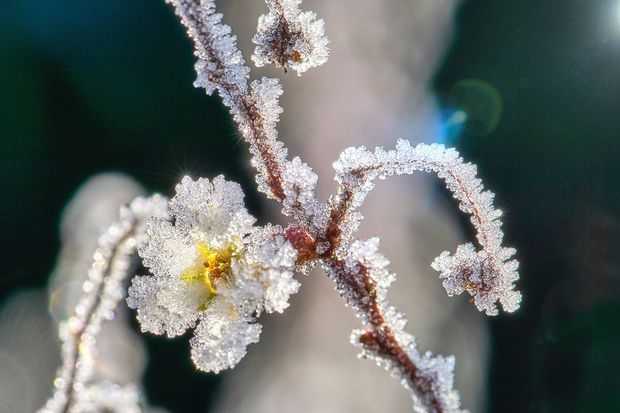
The way we protect our Star jasmine plant during the winter and from frosting is by simply applying a nice thick layer of bark or straw mulch over the soil bedding of your jasmine plant to keep it from losing moisture and nutrients. It is crucial to guarantee an extra layer of protection during the freezing period by applying extra heat with a light bulb and covering the plant with a layer of fabric or plastic, so that the wind, heavy rain or snow don’t damage the star jasmine. In addition, ensure you fertilise your jasmine plant right at the beginning of the autumn/spring time, to provide optimal flowering growth and reset for the following season whilst the jasmine plant is undergoing the dormancy period. Lastly, ensure your plant is properly pruned right after the growing season and not during the winter period, otherwise, you will be cutting off the newly grown green stems, which will mean, no flowers buds will grow in the posterior months. After applying these techniques to my star jasmine plant last year, my star jasmine has grown during the fall through the winter about 15 cm which pretty good to be winter time and it is now looking healthy and as green as ever.
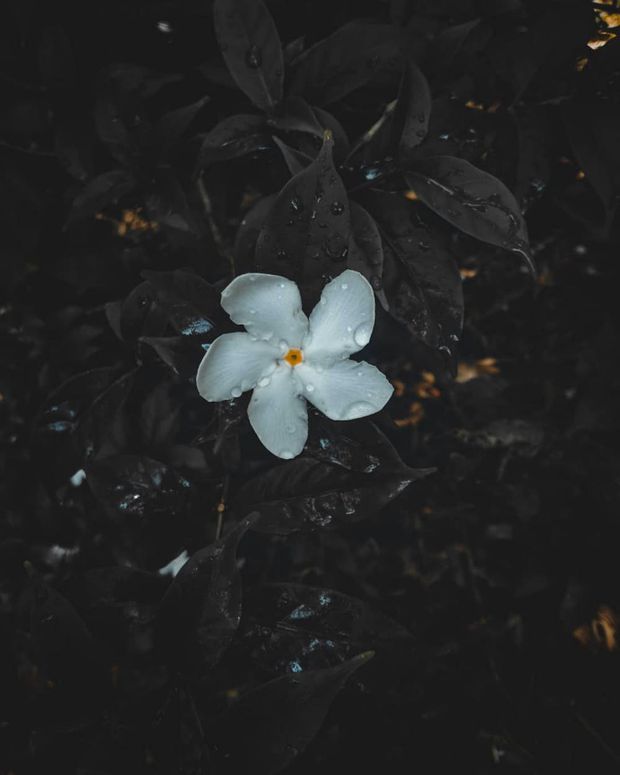
Applying a layer of mulch
This is the very first tip I would recommend when it comes to care for your outdoors star jasmine during the winter, is to cover the bedding and base of your plant with a well spread out layer of mulch of about 2-3 inches thick before the winter season starts. The reasoning behind the technique of mulching is to protect the jasmine plant against freezing and frigid conditions.The mulch will prevent the plant roots from freezing and damaging but allowing them to absorb the water it needs during the cold months. Also, applying a layer of mulch will also protect the star jasmine from freezing-thaw cycles that will ultimately harm the roots when in a brief rise in the temperature occurs and the full sun hits the frozen soil. Instead, mulching will keep the plant in dormancy avoiding unnecessary stress that will affect the recovery and growth of our star jasmine after the winter is over. Ultimately, mulching will prevent weed growth that would compete for water and, nutrients and soil moisture during the winter time. When it comes to the mulch process, mulch can be made of straw, bark, leaves or shredded wood. If your choice of mulch is bark, you will just need to spread a layer of 2-3 inches thick once right before the frostings starts but, if you choose to use straw (weather is sugar cane straw or pea straw) you will have to top it up every two months and it will have to be applied 6 inches deep. If you live in areas where you would expect recurrent frosts and consistent temperatures below 20 F, you should also consider protecting your star jasmine with a protective layer of cloth or plastic, usually, already commercially available in rectangular sizes of 10 by 20 foot. If you do apply this fabric or cloth protective layer, make sure it is not opaque, as we know our star jasmine really needs light consistently and also ensure the fabric is not too heavy, otherwise, it will add a lot of weight on top of your jasmine plant, when rains and winds hit hard and ultimately your plant will get damaged. I would be very cautious to use other type of materials, such as, bubble wrap, as it tends to accumulate moisture and when in contact with your jasmine plant it will make it susceptible of growing mold and mildews.
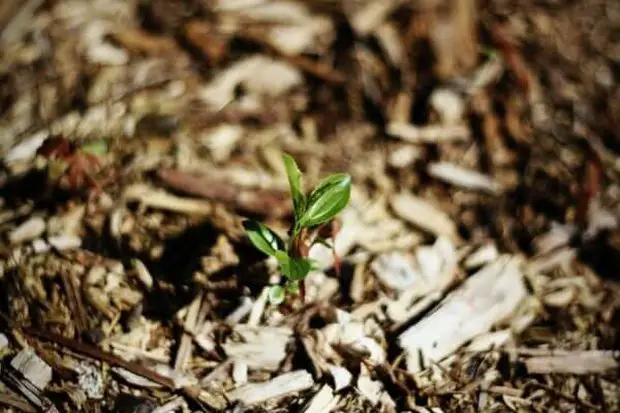
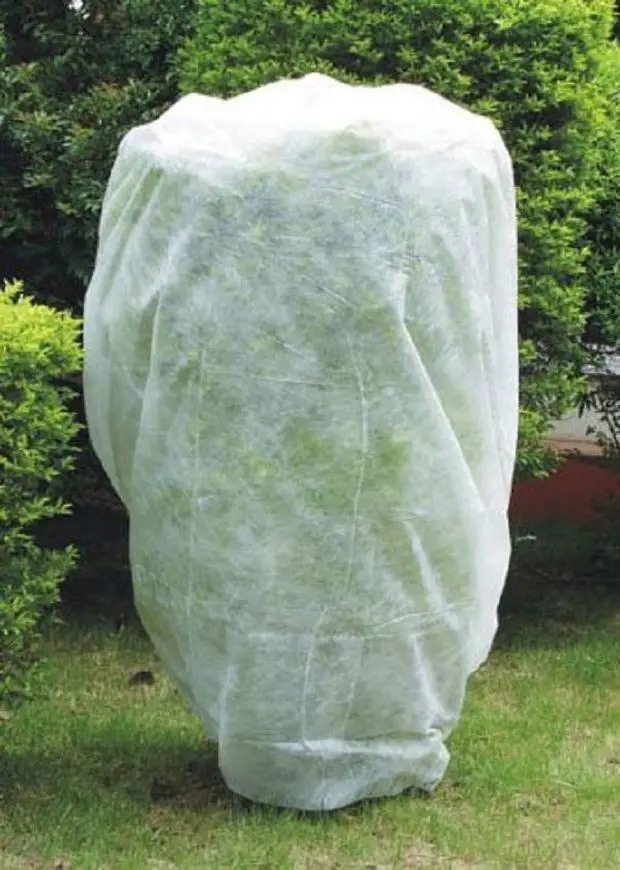
Fertilisation
Star Jasmine will need to be fertilised during the spring time and then again at the beginning of the autumn, if you live in a mild climate. Our aim is to provide our star jasmine plant with the proper nutrients required to develop the foliage, healthy roots, flower buds and activate disease/pest resistance genes whilst our plant is in the resting period. When it comes to pick the right fertiliser, always go for a slow release and rich in Phosphorus fertiliser to ensure many flowers in the next growing season. The way to do this is by adding a solution made of a 1/2 teaspoon of liquid slow release fertiliser, (7-9-5 fertiliser) mixed in a 1.5 litre of water. Then, pour the solution in the base of the bedding of your Star jasmine shrub. Make sure you don’t get the leaves wet, otherwise, you will be attracting fungal pests to your plant. In the scenario where your plant is an indoor plant, your choice of fertiliser will be a1/4 teaspoon of the slow release, liquid, 7-9-5 fertiliser mixed with 1.5 litre of water.
Pruning. Don’t prune star jasmine in the winter
It is of good practice not to prune our star jasmine plant during the winter, during its resting time, as if you do that, you might risk cutting some the new small stems coming through and thus damaging your plant for the growing season, as no flowers will grow. The right way to do this is, later in the summer time when all the flower buds have turned brown and fallen from the jasmine plant.
Simply, kick off your star jasmine vine or shrub (pull them out if indoors plant) to get rid of most of the dead dry leaves so that they fall of the plant without too much effort. Move upwards from the bottom of the plant to the top of it to encourage filling in the more sparse areas and cut off a node or 2 of growth in each stem. Finally, once you are all done pruning your entire plant, then give it a good watering session and top up the compost with another 3 to 4 inches of new fresh later of manure to keep it nourished and preventing it from drying out.
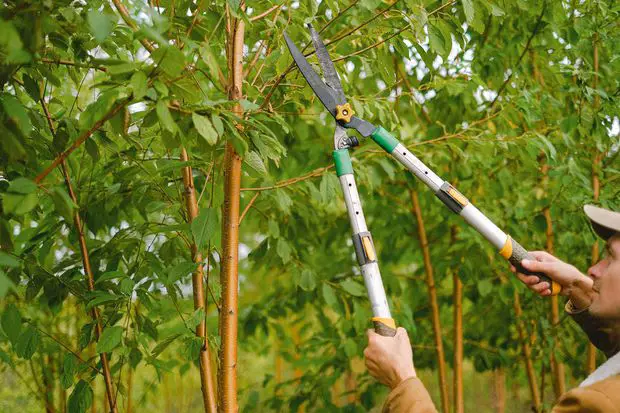
In summary, when it comes to protecting star jasmine from cold in the winter season, it is of good practice to make sure our jasmine plant is indoors under refuge or outdoors covered and sheltered with a protective ceiling and fabric around it. Ensure the plants are south-faced positioned, where the sun is going to be available to hit our plant indirectly for most of the day throughout the cold season. Lastly, make sure you keep watering your plant consistently, as the lack of it during the water may make them more vulnerable to the hard cold season and ensure you have light bulb to provide extra heat if needed during the freezing period.
